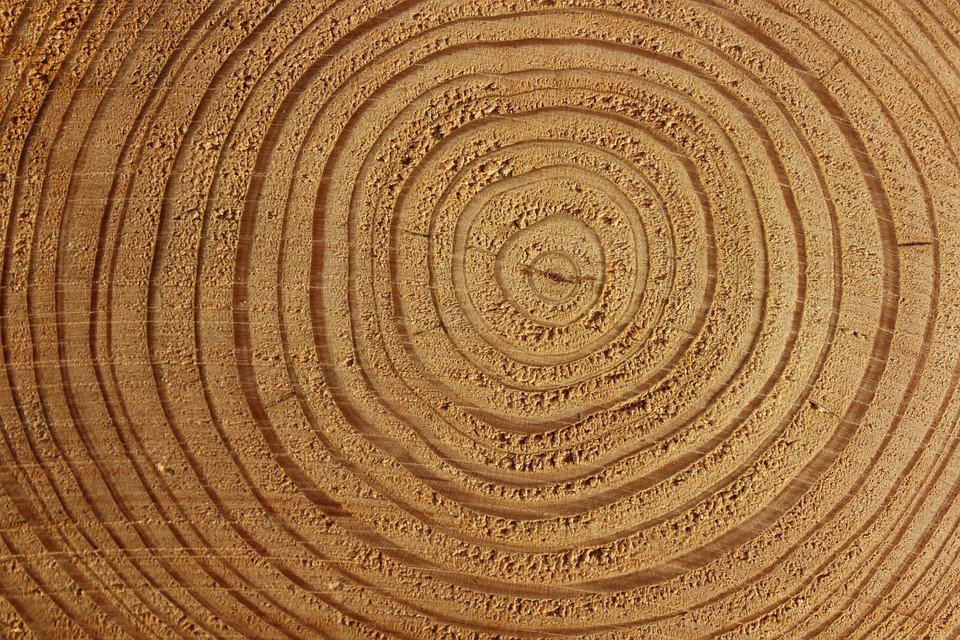How do tree rings work?
by Ailsa Harvey · 21/11/2019
Fractions of a millimetre wide, tree rings are an accurate biological archive of recent and ancient history

The concept of determining a tree’s age by counting its rings is only half right; most trees in temperate regions produce a single visible ring every year. Wood is made of dead xylum cells – long, tubular, vertically oriented cells that transport nutrients from the roots to the rest of the plant. Early in the tree’s annual growth season, xylum cells have thinner walls, producing the light-coloured section of tree rings called earlywood. By the end of the growing season, the cell walls have become thick and dense, leaving the telltale dark stripe (or latewood) that separates one tree ring from the next. But dendrochronologists – people who study and date tree rings – say that the problem with ring-counting is that false rings and missing rings are common. Plus, counting individual rings will only give you the age of the tree when it was chopped down or died.
How do you place the true age of that tree in the context of geological time? The solution is called cross-dating. The cross-dating process starts with a young tree with a precisely known age. Maybe we know its exact planting date or its rings contain evidence of a well-documented drought or volcano. Dendrochronologists bore out a cross-section of the tree and measure the widths of its individual rings. This sequence of measurements can then be matched –by eye or with the aid of computer software – with the cross-sections of slightly older trees from the same geographical zone. Working backwards through time, scientists can create a master chronology of the region, an overlapping record of tree ring widths from today back through hundreds or thousands of years.
Tree ring dating is a hot scientific field. Those stripes have proven to be accurate archives of biological data, giving us important clues to climatic conditions through the millennia. The width and colour of tree rings varies with the amount of rainwater it receives, average seasonal temperatures, pest and disease outbreaks and scarring events like volcanoes, forest fires and floods. In this way, a cross section of a tree is a biological snapshot of a certain time and place in the Earth’s history.
For more science and technology articles, pick up the latest copy of How It Works from all good retailers or from our website now. If you have a tablet or smartphone, you can also download the digital version onto your iOS or Android device. To make sure you never miss an issue of How It Works magazine, subscribe today!






